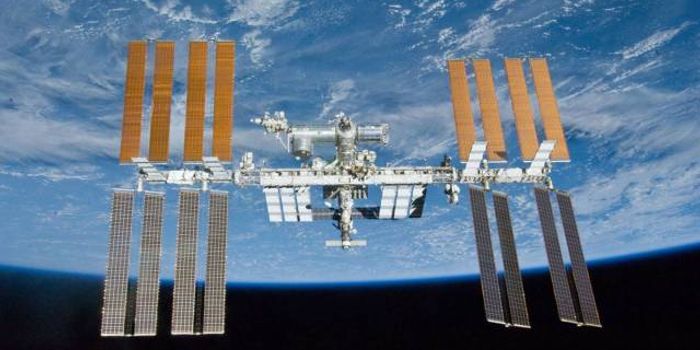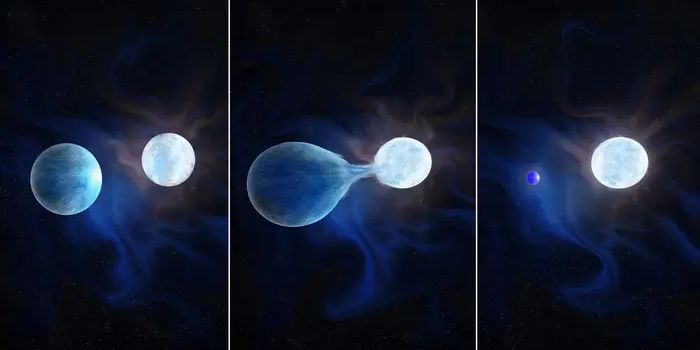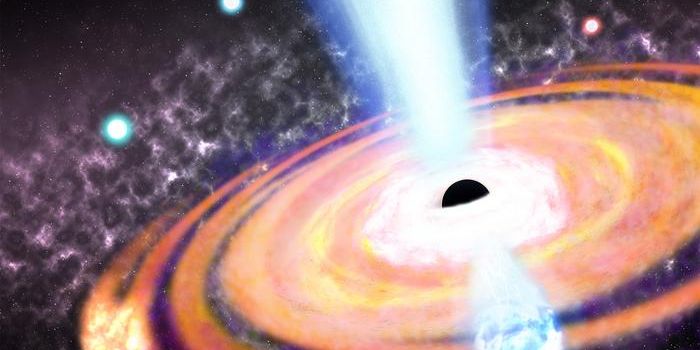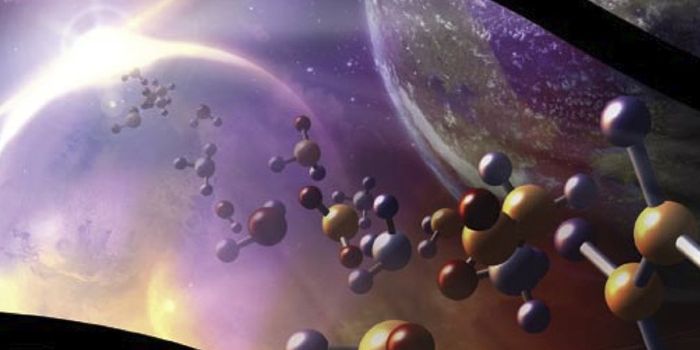Second Attempt to Inflate ISS' BEAM Module Reportedly Successful
The first attempt to fully-inflate the Bigelow Expandable Activity Module, or BEAM for short, didn’t quite go as planned for astronauts aboard the International Space Station on Thursday. However, a second attempt was made on Saturday that NASA is now reporting was a success.
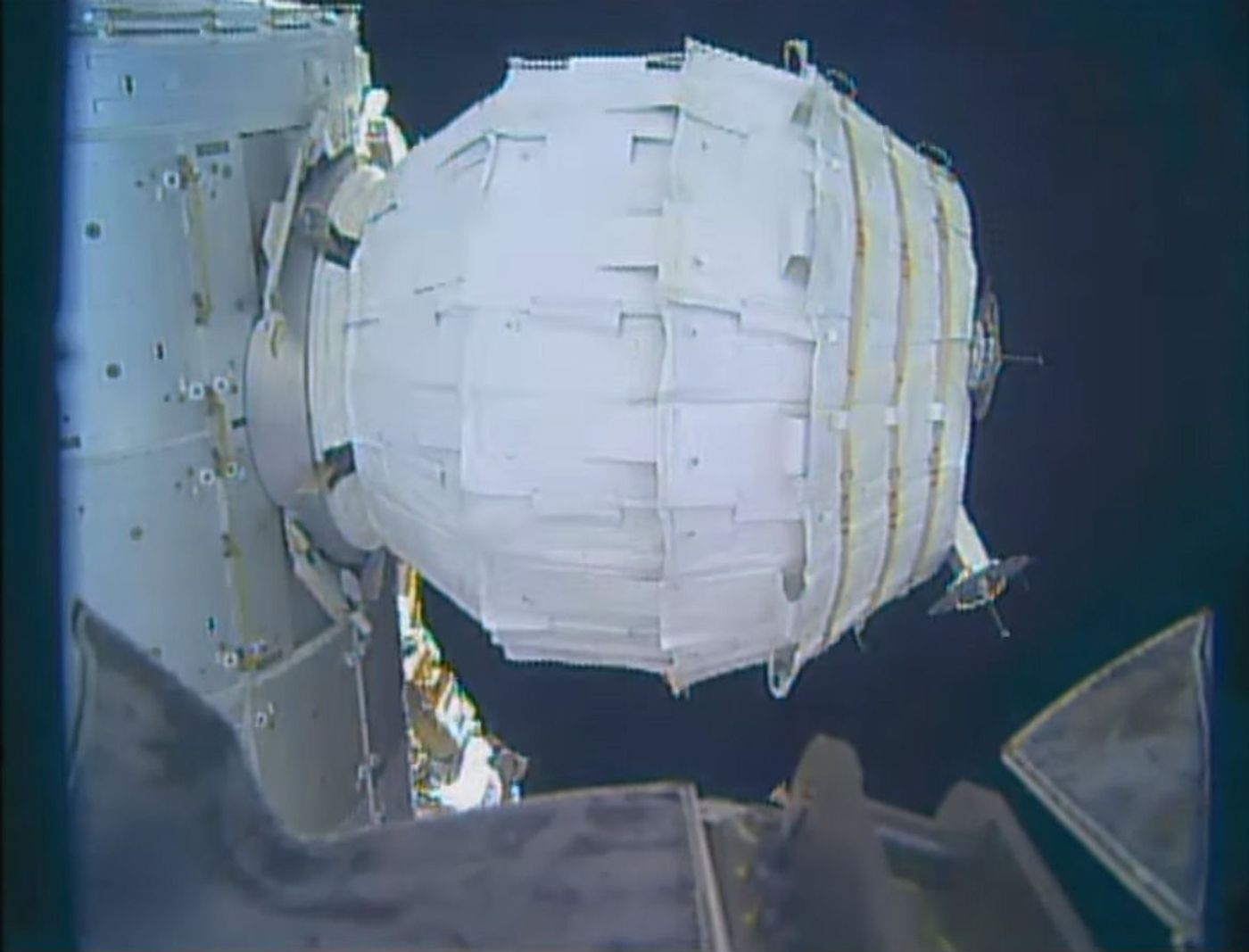
Despite what was believed to be a malfunction during the initial inflation process, NASA just wanted to be completely sure that everything looked safe rather than potentially putting many lives in danger aboard the International Space Station.
NASA astronaut Jeff Williams manually inflated the rest of the BEAM module on Saturday after it seemed to only be expanding widthwise during the first attempt to inflate it on Thursday, and not in any other direction.
NASA attributes the originally inflation issues to being packed tightly for too long. As small of an issue as this may have been, the general rule of thumb in space is: better safe than sorry!
Over a 7-hour inflating period, Williams monitored the situation to ensure everything was going well for the safety of everyone on board.
Throughout it, Williams noted he had heard something that sounded like popcorn popping in a hot frying pan as the module was inflated; this was enough to let Mission Control know that the inflation process was going as expected.
Immediately following the inflation process, special pressurization systems on board were used to make it so the BEAM module would have the same pressure as the rest of the International Space Station.
As it sits now, the BEAM will be put through a rigorous testing phase before any astronauts are allowed to go into it. Some of the things that will be watched are pressure, inflation, and temperature among other things. Obviously, leaks are never a good thing, so that’ll be one of the things that is carefully assessed.
Once deemed safe, the BEAM module’s 565 cubic feet of storage space can be utilized for storing objects on the International Space Station.
BEAM has the opportunity to change the way we think of habitation in space, and on deep-space missions. These inflatable modules are easy to pack away, and can grow much larger than their initial size. Moreover, they are also much lighter-weight than their solid metal counterparts.
Such habitation technology could prove be very useful in attempts to station human beings on Mars or on the Moon. Paired with advancements in 3D-printing and reusable rocket technology, a space exploration revolution is quickly closing in.
Source: NYTimes, Space.com
-
APR 30, 2024Immuno-Oncology Virtual Event Series 2024
-
MAY 07, 20243rd International Biosecurity Virtual Symposium
-
JUN 06, 2024The Future of Scientific Conferencing
- See More

